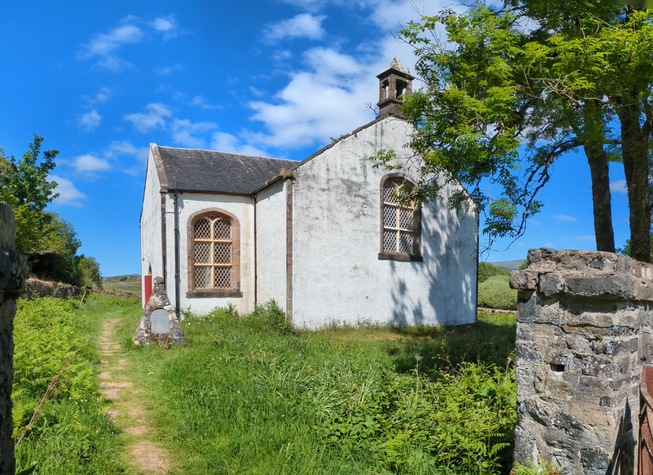Reviving Ulva’s Telford Church for Community Use

Proposal code: AP-2025-06-110
Restoring Ulva’s historic Telford church to create a flexible community hub and cultural heritage centre for island residents and visitors.
Estimated Price
20000
What do you want to do?
This project will deliver Phase 1 of the revival of Ulva’s historic Telford-designed church, focusing on essential planning and preparatory work. The aim is to create a clear, shared plan for how the church can once again serve residents and visitors as a multi-use hub for gatherings, exhibitions, learning, and quiet reflection.
Phase 1 will combine professional expertise and community input. Conservation specialists will carry out condition surveys, measured drawings, and technical advice to establish the scale of repair and restoration required. Independent facilitators will run workshops and surveys with residents to test options for future use, while consultants prepare an outline business case and governance model. Together, this will form a complete “proof of concept” package: a community-endorsed vision for use, backed by technical surveys and a sustainable plan for delivery.
Why is the project needed?
The Isle of Ulva is home to 19 residents, including six children aged 2–16, with no indoor community facilities of their own. Ferry services to Mull are limited (no weekend sailings for most of the year), leaving families and young people isolated from wider opportunities. The church is the only potential indoor space on the island, but it is deteriorating rapidly, with falling roof slates and water ingress threatening its fabric and public safety.
The church has long been recognised as having “great potential as a multi-use community space hosting concerts, exhibitions and social events,” but without detailed surveys, a business case, and genuine community input, the project cannot progress. This Phase 1 project is essential to create both the technical and social foundations needed to move forward to urgent stabilisation and restoration.
What positive changes will the project bring about?
-
Produces a community-endorsed vision and proof of concept, ensuring decisions are inclusive and transparent.
-
Provides condition surveys and technical advice, establishing repair needs and design options.
-
Creates an outline business case and governance model, offering a robust platform for fundraising and management.
-
Unlocks the next stage of investment by demonstrating both viability and readiness.
-
Supports wellbeing and inclusion by planning for a safe, indoor facility for families, young people, and older residents.
-
Contributes to economic growth by exploring opportunities for future events, tourism, and local enterprise (e.g. cultural festivals, artist residencies, showcasing local makers).
-
Promotes climate resilience by reusing and adapting an existing listed building.
-
Strengthens cultural identity and pride in place through the preservation and adaptive reuse of a nationally significant Telford church.
How long will it run for?
October 2025 – March 2026 (subject to funding). Community workshops will begin in autumn 2025, followed by technical advice, business case development, and governance planning in early 2026. A final proof of concept report - combining community-agreed uses, survey findings, and an outline plan for delivery - will be completed by March 2026, ready to inform urgent stabilisation and restoration.
